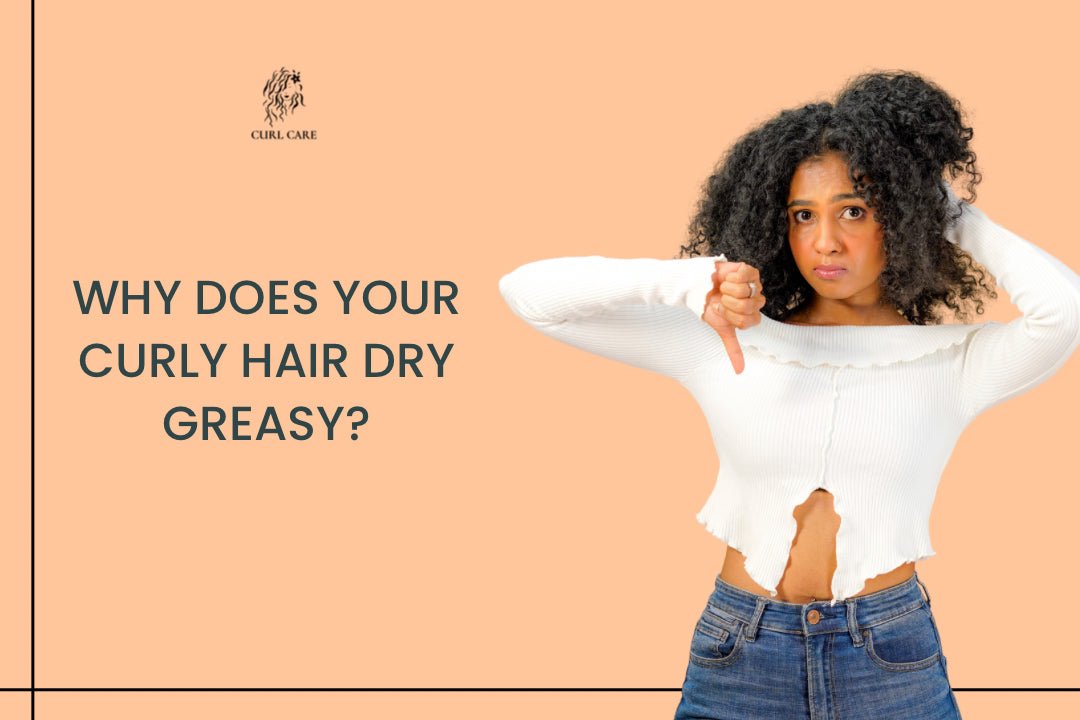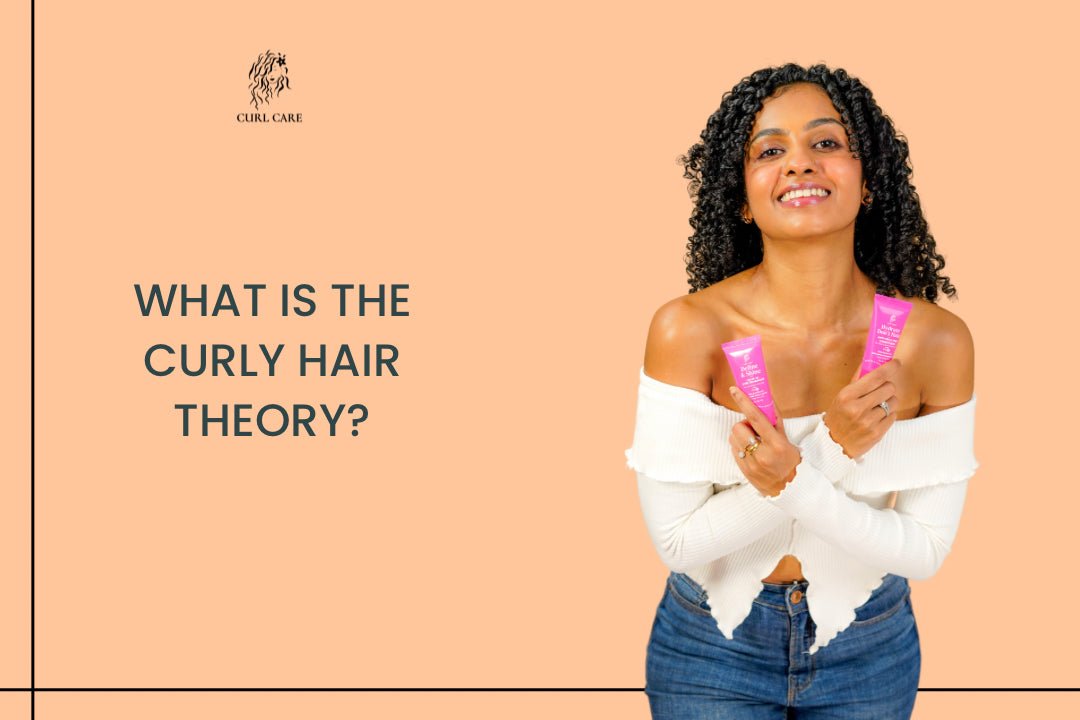You're probably aware that there are numerous hair types, ranging from thin hair to curly hair to damaged hair. When it comes to properly caring for your hair, your hair type isn't the only factor to consider. If you've never heard of hair porosity, now is the time to learn more. Every strand of hair on your head has a different level of porosity, and hair porosity levels can vary greatly from person to person. The porosity of your hair can and should influence how you create your hair care routine, including which shampoo and conditioner procedures you use and which type of leave-in hair care products you choose.
What is porosity: Porosity is the hair's ability or inability to absorb water or chemicals into the hair shaft. All hair is porous, but the level of porosity will vary based on genetics, and the amount of damage to the cuticle layer. Hair porosity is categorized into three levels: Low – Normal – High
Hair with a high porosity absorbs the most moisture or water, but it cannot retain this moisture (which is not a good thing, since you want to keep your strands hydrated).
Medium porosity level easily absorbs and retains moisture. It can hold curls and styles well and can hold lots of moisture and shine for an extended period.
Low porosity hair is on the other end of the spectrum. It can be difficult to get moisture into your strands when your hair has little or no porosity. However, when you can, it can retain long-lasting moisture, which keeps it from looking dry and damaged. As a result, this moisture can aid in the reduction of static and frizz.
Determine your hair porosity with this easy at-home test:
The Float Test: Take a couple of strands of hair from your comb or brush and drop them into a bowl of water. Let them sit for 2-4 minutes. If your hair floats, you have low porosity. If it sinks, you have high porosity.
The Slip'n'Slide Test: Take a strand of hair and slide your fingers up the shaft (toward the scalp). If you feel little bumps along the way, this means that your cuticle is lifted and that you have high porosity. If your fingers slip smoothly, then you have low porosity hair.
Why does hair become porous: Porosity is inherited, but environmental stressors such as hard water, heat styling, chemical treatments, daily wear and tear, and UV damage (prolonged sun exposure) can all influence where your hair falls on the porosity scale.
- How to take care of Highly Porous hair:
- Use a hydrating shampoo and conditioner: Make sure to always keep your hair nourished and moisturized. Curl cure shampoo- conditioner duo is made with natural ingredients like coconut, aloe vera, lavender etc. that provide the ‘extra’ hydration it needs.
- Make deep conditioning a common routine: Aside from using a moisturizing shampoo and conditioner system, you should also regularly use a deep conditioning treatment. You can also Hair Milk to help your hair get all the nourishment. Banana hair mask is another alternative for a nice long session for a deep conditioning to your hair to repair damage.
- How to take care of Medium Porosity hair:
- Focus on maintaining an already balanced moisture/protein proportion.
- Alternate weekly: one week, do a 20-30-minute-deep conditioning treatment after shampooing, then the next week, do a protein treatment after shampooing.
Depending on your hair needs, any of our Curl Cure products will most definitely work for you!
- How to take care of Low Porosity Hair:
- When deep conditioning, use indirect heat. To help the penetrating ingredients absorb into the hair shaft and nourish your curls, use a thermal heat cap or hooded dryer. Layering too many products is not a good idea because your cuticles can only absorb so much.
- Use heavy butters and oils sparingly. These ingredients can quickly accumulate, causing buildup, which can then lead to dryness, especially if used multiple times between wash days.
Finally, don't base your hair porosity on the porosity of someone else's hair. The fact that you have the same curl pattern does not imply that you have the same porosity. When it comes to product use, you should test, evaluate, and adjust as needed. It's a process, but you're now equipped with the knowledge to give your hair a head starts toward a great, healthy finish.


















